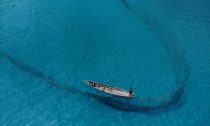
In February 2018 the Government of Seychelles announced the creation of two new areas for marine protection covering 16 per cent (210,000 square kilometres) of its ocean:
• 74,400 square kilometres of mostly deep and some inshore waters surrounding the Aldabra Group, an archipelago 1,100 kilometres west of Seychelles’ main islands where endangered marine species live and breed, or migrate through.
• 136,000 square kilometres of deep waters stretching between the Amirantes Group and Fortune Bank, a swathe of Seychelles’ central ocean that includes areas important for biodiversity conservation, tourism and fishing industries.
The first area is a new Marine National Park that restricts almost all human activities in one of the world’s most ecologically important habitats, the waters around the Aldabra Group, home to the Indian Ocean’s only dugongs, critically endangered turtles, and spawning grounds for rare and economically vital species including tuna.
The second area is a brand new category in Seychelles and is called a Marine Protection & Sustainable Use Area. The area introduces significant new conditions and restrictions that balance the need for sustainable economic activities like fishing and tourism to drive this small island economy, with the need to safeguard the environmental resources those businesses rely on, for example, abundant fish stocks, clean waters, and healthy coral reefs.
These new marine protections are the first milestone in creating a Seychelles Marine Spatial Plan that will cover the second-largest area of ocean in the world (after one in Norway), and is the first Marine Spatial Plan in the Indian Ocean.
Phase 2 of the project — to be completed by 2020 — will identify the remaining waters for marine protection, taking the total to 410,000 sq km or 30 per cent of Seychelles’ waters. The remaining 70 per cent will be zoned for multiple uses and management plans developed or updated for all economic activities.
Putting 16 per cent of its territory into two levels of marine protection status means Seychelles will have significantly exceeded, three years early, both the UN Convention of Biological Diversity target for 10 per cent marine protected areas, and UN Sustainable Development Goal 14 – for 10 per cent coastal and marine protection.
Why is a marine spatial plan needed?
Although there are various existing laws, international agreements, and regulations governing the management of these areas, there has been no unified process to direct sustainable development in the context of a changing climate that will also ensure ecological protection and support Seychelles’ Blue Economy.
That’s why a Marine Spatial Plan is needed.
The Plan followed a February 2016 “debt-for-conservation” deal that Seychelles signed with The Nature Conservancy. This raised funding to buy $21 million of Seychelles’ sovereign debt to refinance it, and then direct a portion of repayments to fund climate change adaptation and marine conservation projects.
Partners involved
- The Nature Conservancy – facilitating the process to identify new protection areas; provides all technical and scientific support; is helping the Government create the Marine Spatial Plan
- The Global Environment Facility and the UN Development Programme – supporting the Government in the Program Coordinating Unit
- Seychelles’ citizens, experts, scientists, conservationists, policy consultants, fisheries businesses, tourism operators, oil and gas geologists, coast guard and public utilities, who took part in more than 100 consultations to inform the design and location of the marine protections and develop allowable activities and management considerations for the two new areas
- Seychelles’ Conservation and Climate Adaptation Trust (SeyCCAT), an independent public-private trust responsible for managing debt conversion proceeds including disbursing blue grants and investment assets funded by the debt conversion deal
- A number of private funders are also supporting the initiative.
For further information: Joanna Smith, Ph.D. Joanna_smith@tnc.org or Helena Sims helena.sims@tnc.org










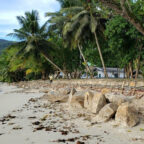
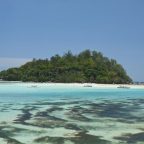
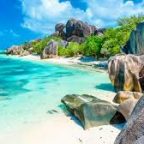
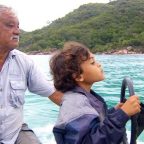

Social Profiles